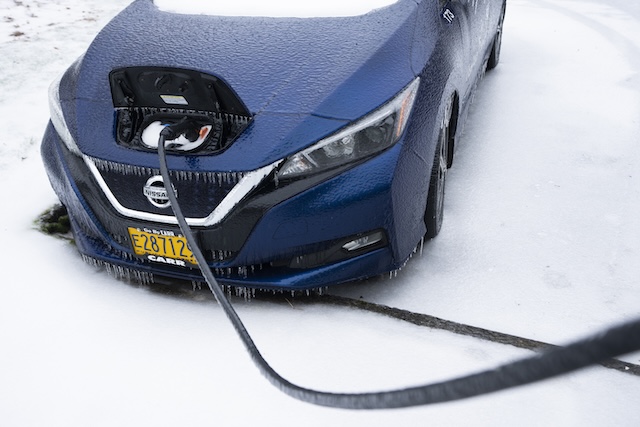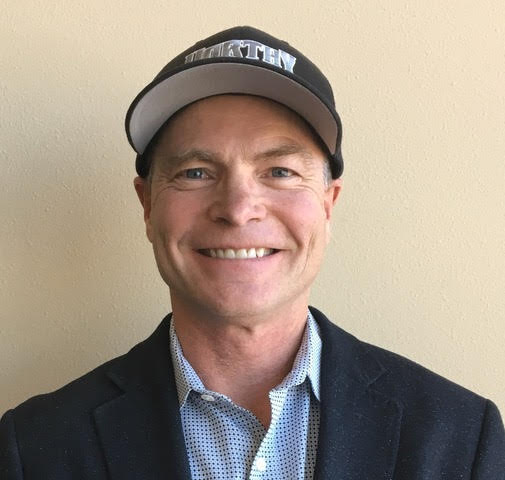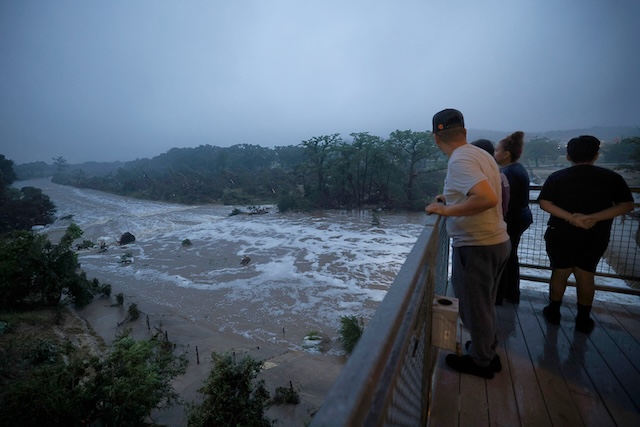Guest column: The map may be gone, but the hazard is here to stay
Published 8:39 am Monday, June 30, 2025

- Christopher Dunn (submitted photo)
Oregon’s 2025 wildfire season hit us with a devastating start. My heart breaks for the 56 families who lost everything when the Rowena Fire burned their homes. I sympathize with the disruption in the lives of 4,000 people given evacuation notices from the Alder Springs Fire. As a former boots-on-the-ground firefighter, with family that has lost everything to wildfire, I pray for the safety of our firefighters and communities. Based on over 25 years of personal experience working on wildfire issues, I also share in their frustration as Oregon walks away from a strategy designed to protect communities and firefighters.
In his 2011 book, acclaimed business strategist Richard Rumelt developed the “kernel of good strategy,” which included: diagnosis — a clear articulation of the problem; guiding policies — overall approach to addressing the problem; and coherent actions — specific and coordinated steps to implement the guiding policies. In 2021, Oregon’s Legislature passed the bipartisan Senate Bill 762, codifying recommendations from the governor’s Council on Wildfire Response and creating a good strategy for improving community wildfire resilience. Diagnosing and mapping wildfire hazard across the state was an integral component of this strategy, and now we’ve abandoned good strategy under misinformed political pressure.
If you throw away a road map, the roads don’t disappear, you’re just driving blind. That’s exactly what Oregon politicians did by “repealing” Oregon’s wildfire hazard map — tossing out the one tool that gave us direction in addressing a growing threat. Oregon’s wildfire hazard map answered one simple question: If I have or build a home in a given location, should I be wildfire prepared? Home hardening and defensible space reduce risk by inhibiting structure ignition and creating safer space for firefighting operations. This doesn’t change the environmental hazard, but does help protect lives and property. The map supported these activities by focusing state resources for high return-on-investments while limiting the application of updated building codes.
Trending
Despite the controversy, the maps narrowed the state’s focus and regulatory reach to approximately 1% of Oregon’s land, or about 5% of private properties. While not perfect everywhere at the property level, the map provided a foundation for statewide strategic planning. Inaccuracies, and credit for existing home hardening or defensible space were, by design, to be captured with site visits during implementation, making this a clear and logical path for positive change.
Building a strategy through hazard mapping is by no means unprecedented in Oregon. Earthquake hazard maps drastically improved throughout the 70s, 80s, and 90s as new faults were discovered, fostering life-saving actions through seismic retrofit programs for our public schools, hospitals, police stations, and fire stations. Tsunami and flood zones are other examples of successful hazard mapping, and given that more states continue to show success with wildfire hazard mapping, we should ask ourselves: Why can’t we?
Repealing the map is a short-sighted decision that does nothing to address fundamental public concerns. The wildfire hazard still exists. Home losses are still accumulating. Hazard ratings from private organizations still exist on common real estate websites. Insurance premiums, although never tied to this map, still increase. In fact, the only way to prevent market-driven increases to insurance premiums is to prevent losses. By “repealing” the map we take away the one objective tool at hand to strategically prevent losses and truly address public concerns.
Let’s be honest, lawmakers did not repeal the map, but rather repealed the section of the legislation dedicated to enhancing community resilience against wildfire. While we hemorrhage taxpayer dollars to cover suppression and recovery costs, we pull away from a proactive, more cost-efficient mitigation strategy. There is no alternative strategy offered, exposing us to inefficient use of public resources while our Legislature seeks more wildfire program funding. We need facts, not fear. Planning, not political theater. Strategy, not reaction. Leadership, not scapegoats. We need to invest in coordinated, science-based approaches, not scrap them under pressure and misinformation.
Christopher Dunn, Ph.D. is an assistant professor in wildfire risk science in the College of Forestry at Oregon State University. All opinions expressed are his own.
Trending







